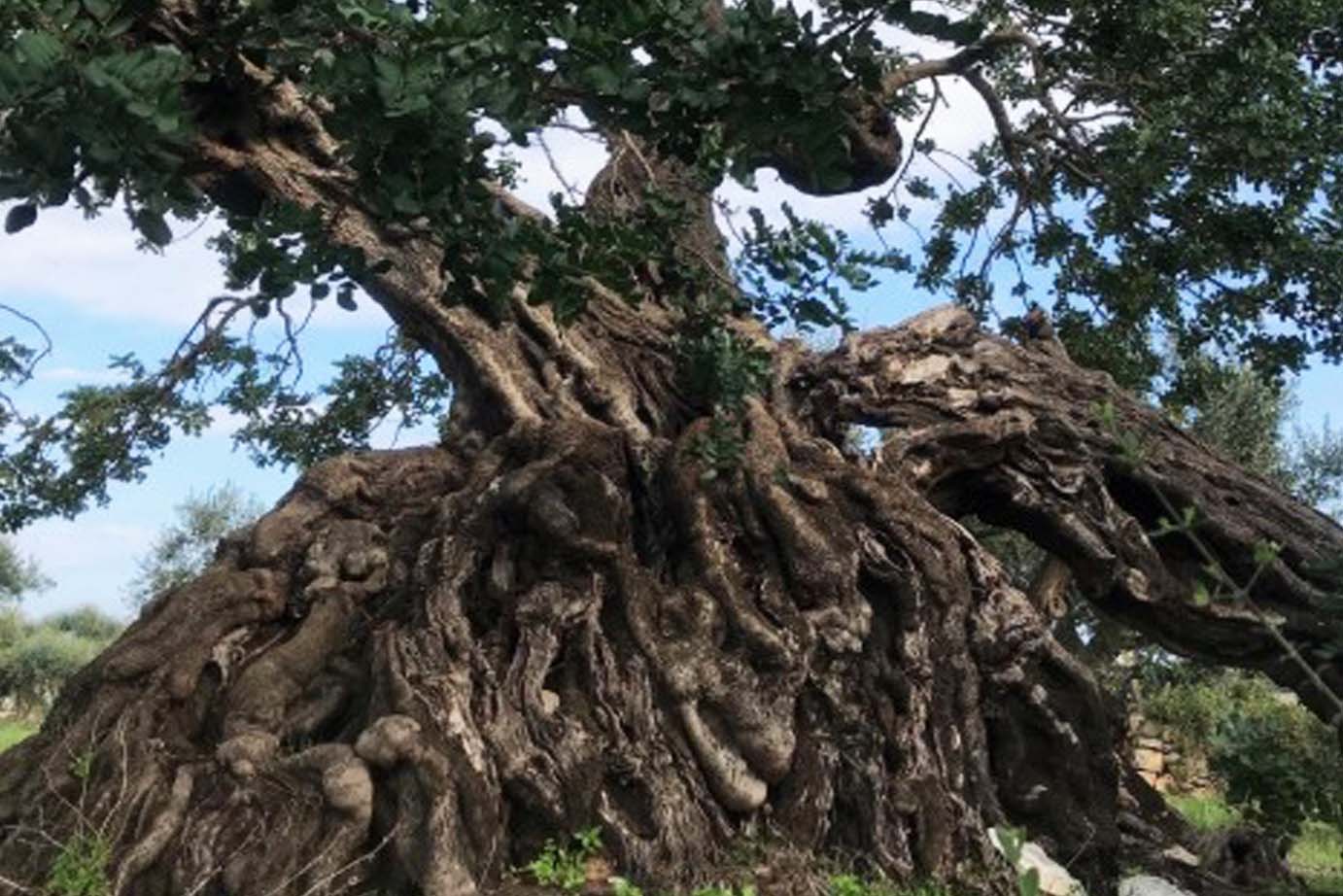Cart
9
Quantity
6,00 €
Quantity
4,00 €
Quantity
12,00 €
Quantity
4,00 €
Quantity
18,90 €
Quantity
5,00 €
Quantity
4,00 €
Quantity
5,00 €
Quantity
18,00 €
Product You May Also Like
Payment details
Sub Total
114,70 €
Shipping
Free!
Total
114,70 €
Apply

 Olio d'Oliva E.V. 100 cl
Olio d'Oliva E.V. 100 cl
 Classic Taste Taralli EVO
Classic Taste Taralli EVO
 Olio d'Oliva E.V. 250 cl
Olio d'Oliva E.V. 250 cl
 Mustaccioli
Mustaccioli
 Amore DI Puglia Pillow
Amore DI Puglia Pillow
 Sagnette Pasta
Sagnette Pasta
 Hot Pepper Taralli
Hot Pepper Taralli
 Raisin Wheat Orecchiette
Raisin Wheat Orecchiette
 Nula
Nula

















Leave a comment